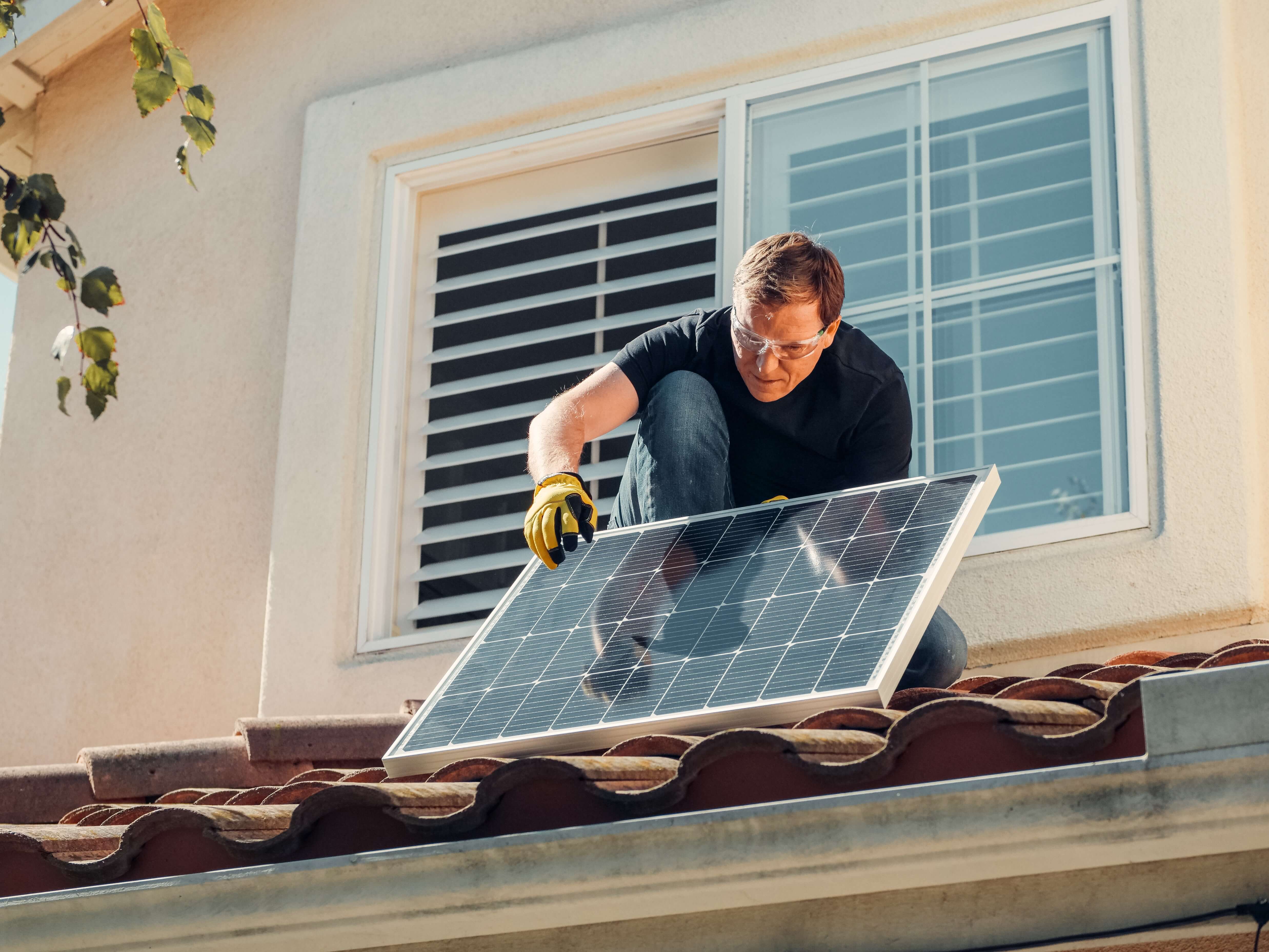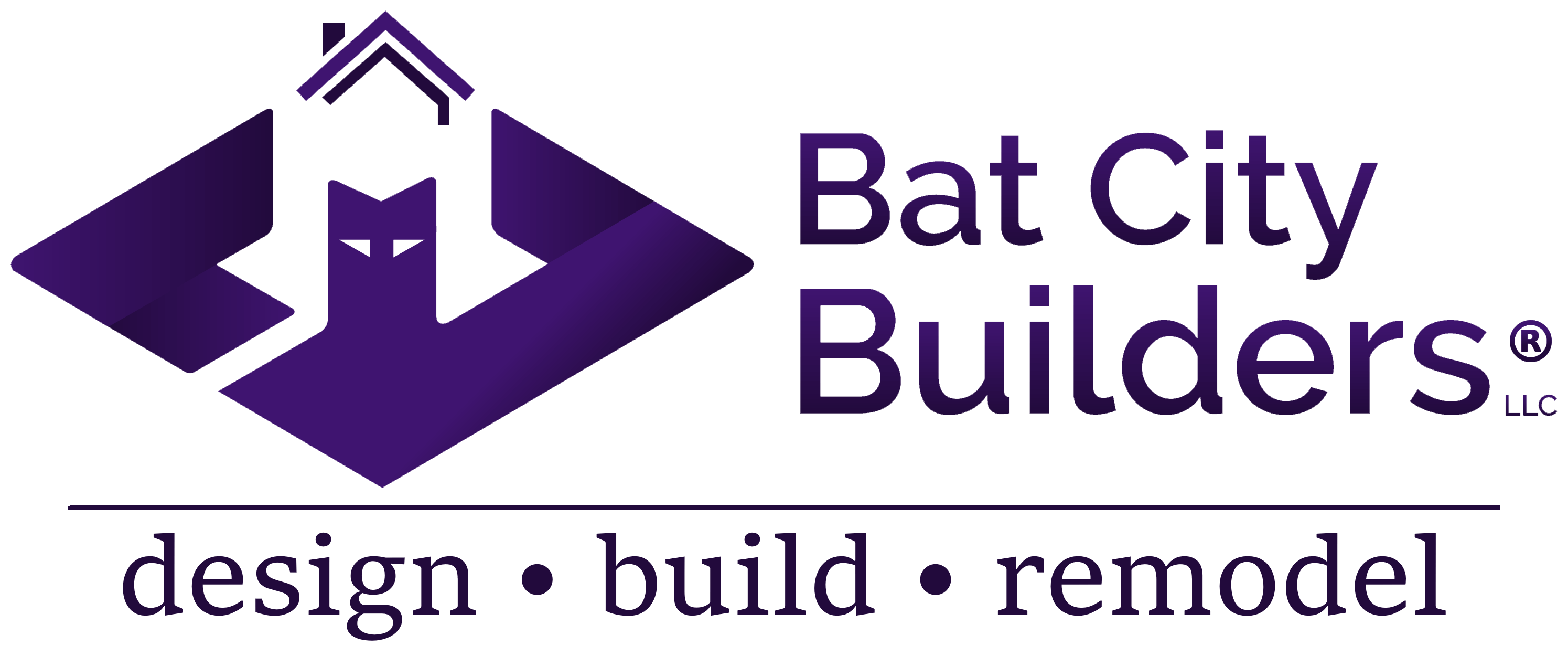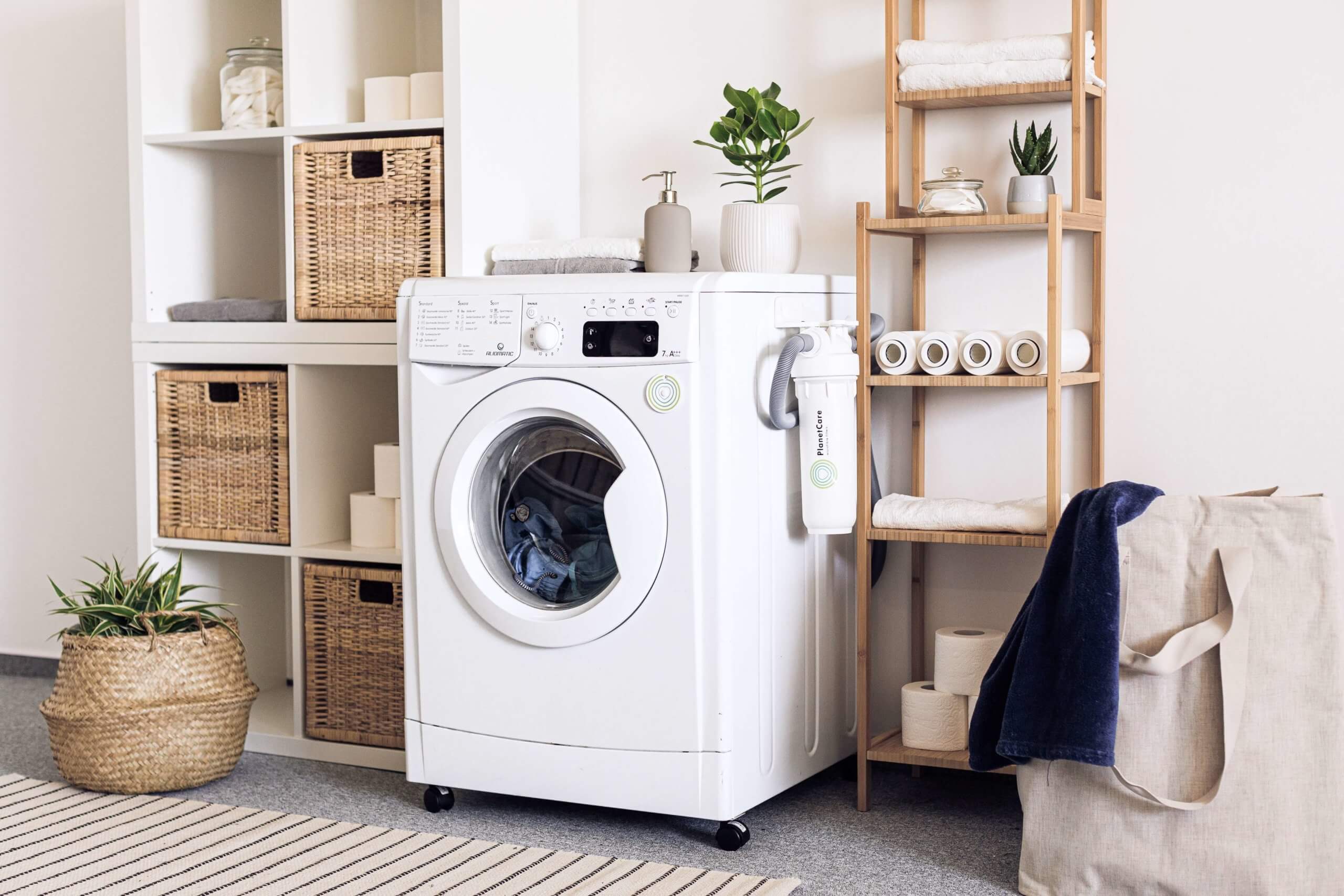The green home builder market is expanding. Green building is a holistic concept that is defined as the planning, designing, construction, and operations of buildings with an underlying consideration for environmental quality. More and more homeowners are recognizing the importance of minimizing their negative effects on the natural landscape. Thanks to the larger, consumer-driven supply, as the number of eco-friendly components being incorporated into homes increases, costs have gone down.
In partnership with the National Association of Home Builders (NAHB), Dodge Data & Analytics found in their 2020 study that approximately 33% of single-family home builders were doing green builds for the majority of their projects. They also discovered that 91% of home builders were using energy-efficient practices, regardless of whether their project was for a “green home." There are many ways to execute green building techniques into your current or future house.
Energize Your Windows
Locating energy-efficient windows is as simple as reading a label. The National Fenestration Rating Council (NFRC) provides an energy performance label to compare the properties of windows, skylights, and doors. The rated categories consist of U-factor, solar heat gain coefficient (SHGC), visible transmittance, and air leakage.
The type of window you choose should be fit for the climate that you live in. For instance, in colder climates, a low U-factor works to increase thermal resistance. In warmer climates, on the other hand, having a low SHGC reduces heat gain. Those in climates with both hot and cold seasons should opt for a mix of the two properties to maximize energy savings.
Conserve Water
Installing fixtures and appliances that conserve water is an uncomplicated way to transform your home into a water-efficient structure. These can include Energy Star-rated washing machines, tankless water heaters, and motion sensor faucets. For outside of the home, xeriscaping is a great way to do landscaping with little to no need for irrigation, instead using drought-tolerant native plant species.
According to the U.S. Geological Survey, over 400 billion gallons of water are used in the United States every day. Nearly 47 billion of those gallons come from the operation of buildings alone. With the expansion of developments comes strain on the potable water supply, contributing to the rise in eco-plumbing decisions.![]()

Introduce Solar Panels
Solar power is a renewable energy source that is easy to harness. Getting started with solar panels is a matter of having your energy consumption assessed, and your roof and shade analyzed. From there, a solar panel installation company will determine the cost of the project. Solar panels are a clean way to simultaneously help the environment and reduce your electricity bill, making them a sensible investment.
There are also government incentives that are related to the use of solar power in your home. Not only will you get a percentage of the cost back from equipment and installation, but you receive solar renewable energy credits (SRECs) that can help generate a solid return on investment. By reducing your dependence on fossil fuels, you are participating in the ultimate green building method that extends beyond just the need for electricity.
Consider Cool Roofing
You may not even realize how much of an impact your roof has on the temperature of your house. Up to 90% of roofs in the United States are built with dark-colored, heat-absorbing materials. Using white, polymeric roof coatings can reflect 70 to 80% of that heat, with thicker layers being even more reflective. In warmer climates, tiles are also capable of reflecting high amounts of thermal energy.
Cool roofs provide you with a more comfortable indoor environment. Because they hold heat for less time, they actively minimize your energy costs and heat-related usage, with little maintenance necessary. While all cool roofs have a longer lifespan than their conventional counterparts, clay tiles are a popular material, in particular, because they are completely recyclable at the end of their life.
Use Sustainable Materials
Incorporating renewable resources into your construction plans allows you to be more ethical in your green building process all around. You reduce your waste and pollution, as well as advocate for the clear benefits of recycling. From flooring to walls to fencing, you are able to make any decision with the environment in mind.
There are countless examples of sustainable materials you can build with. To limit the amount of lumber in landfills, reclaimed wood can be used for the creation of cabinets and structural framing. Steel is another material that is 100% reusable and recyclable. Although it takes a lot of energy to produce, the energy used is lowered with its ability to reshape. Finally, precast concrete slabs are affordable, heat-controlling, durable, and take minimal energy to produce.

Implement Smart Home Technology
We live in a very digital age where technology is capable of controlling just about anything you can imagine. Having access to Wi-Fi opens the virtual door for maintaining your home from miles away. Outfitting your house with sensors and smart plugs enables you to offset your carbon footprint by saving more energy from the little things you may forget about.
Thermostats and window coverings can be programmed to adjust when no one is home, while washers and dryers can be timed to run outside of peak power grid hours. Homeowners can even be alerted to windows and doors being left open, as well as lights having been left on. Smart homes keep you comfortable while reducing consumption.
With the growth of green building, practices and products that conserve energy are becoming more widely used, for all the right reasons. We are eager to hear from you about how we can work together to make your house eco-friendly.
Photos, in order of appearance, by:
- PlanetCare on Unsplash
- Kindel Media on Pexels
- Dan LeFebvre on Unsplash



